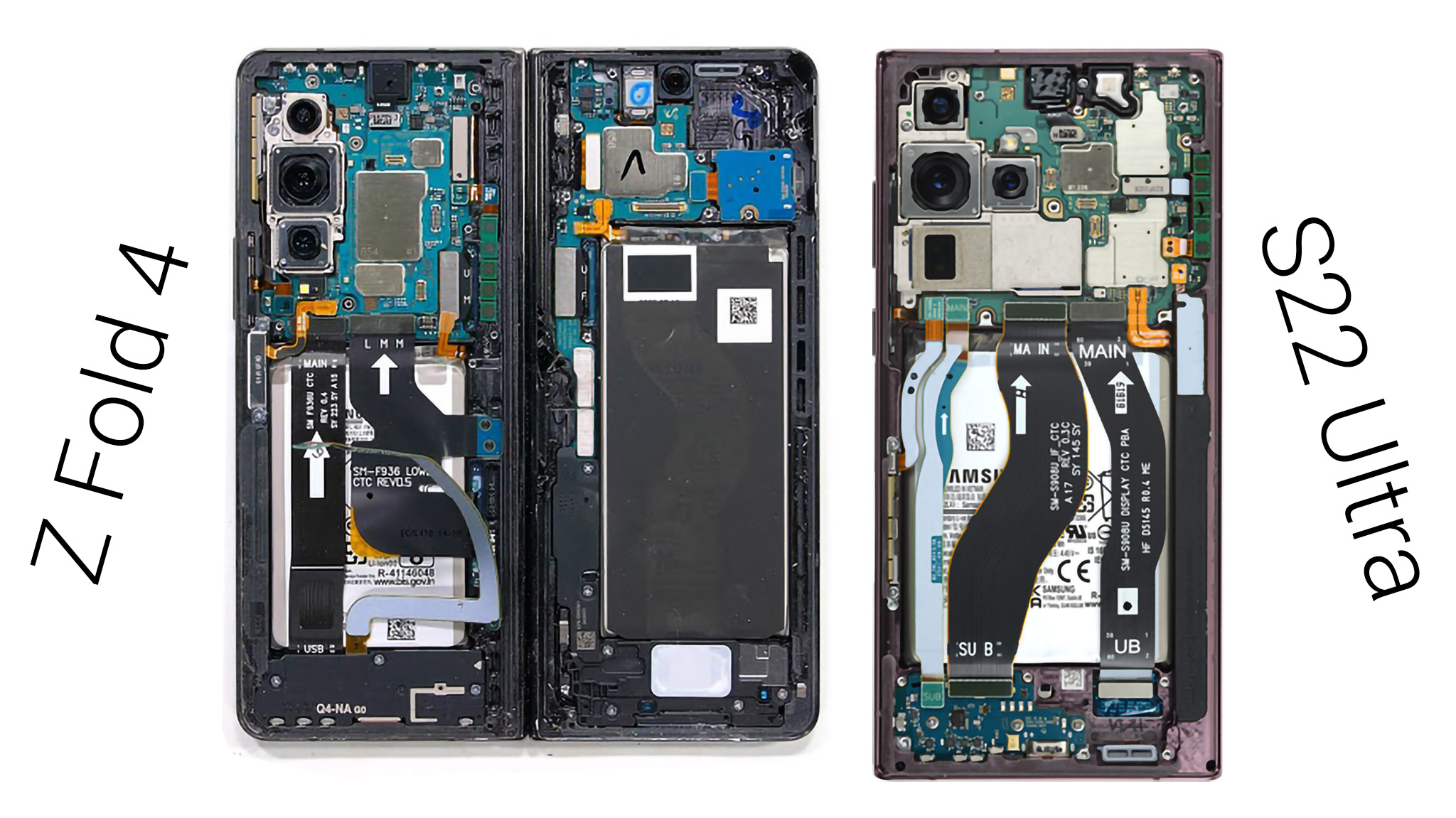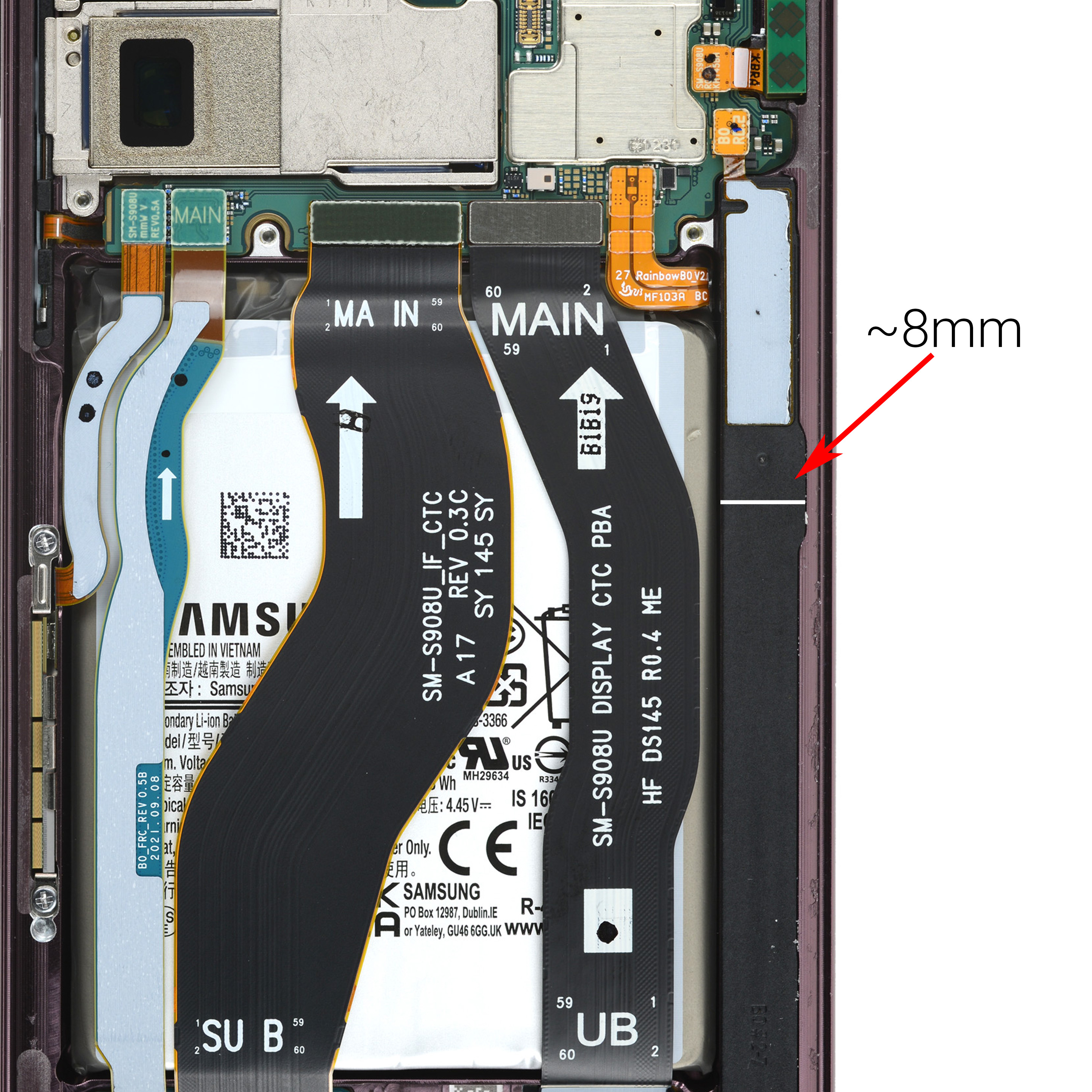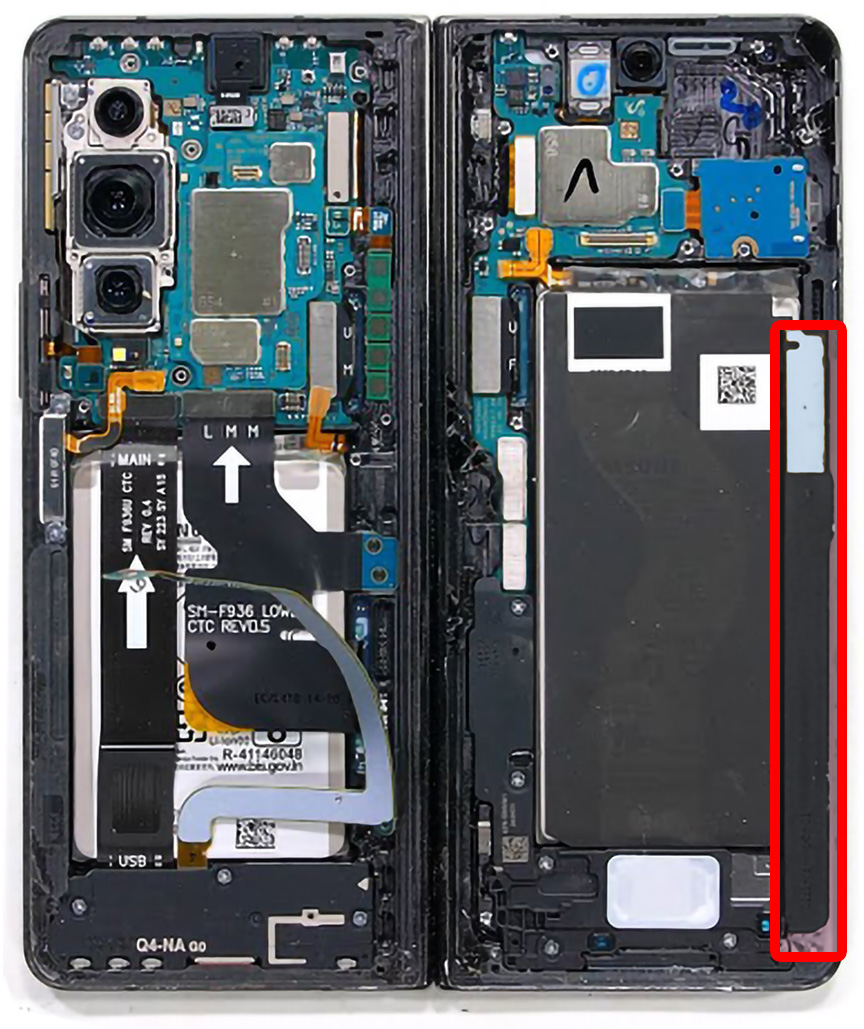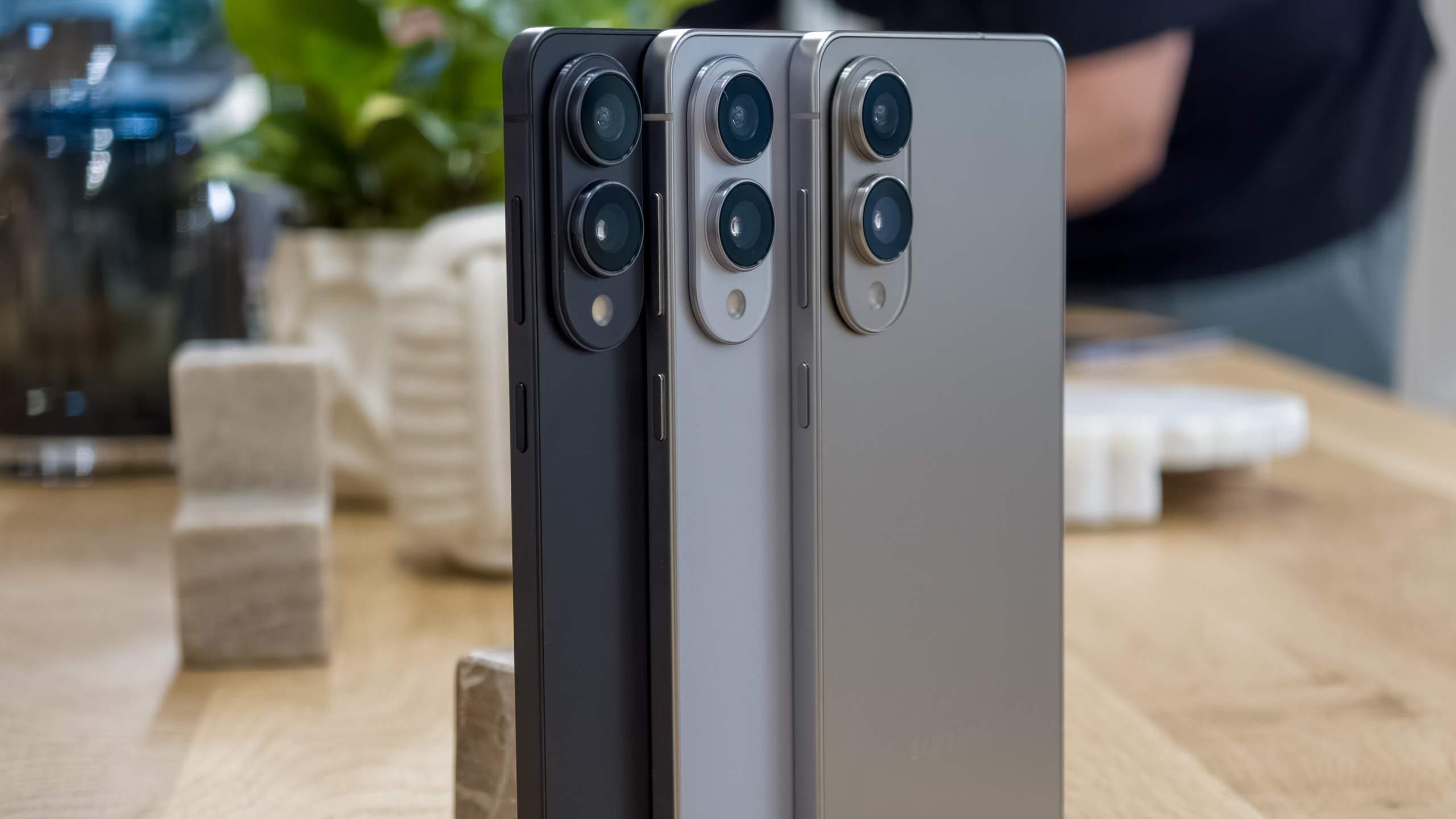Imagine if Samsung put an S Pen in the Galaxy Z Fold 5
Is such a thing even possible?
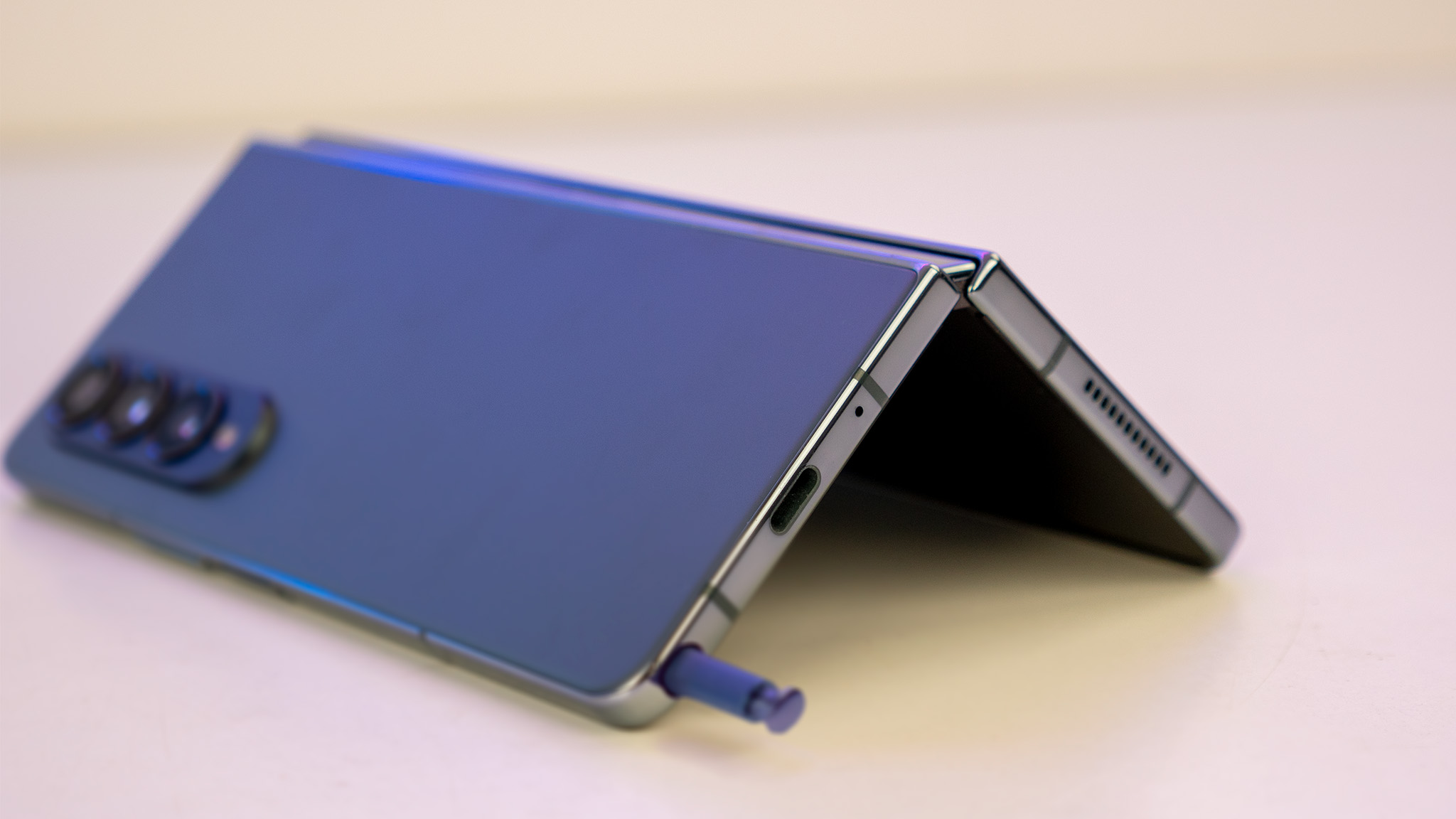
It wasn't that long ago that we thought Samsung wouldn't be able to implement a proper Wacom digitizer — that's the under-screen magic that makes the S Pen work — into a foldable form factor. Amazingly enough, it only took Samsung three generations to figure out how to do this, but the company still hasn't been able to cram a dedicated S Pen into the same chassis.
Why the dichotomy? Of course, the obvious answer is that smartphone engineering is ridiculously difficult. If you're not busy with trying to cram hundreds of components into a tiny frame that'll fit in your hand, you're pestered with the fact that a battery has to fit inside — and have enough room for thermal expansion — plus the fact that the processor inside the phone gives off untold amounts of heat without proper cooling that also has to be packed inside that frame.
Oh, and then there's the hinge to consider, as well. With the Galaxy Z Fold 4 and Z Flip 4, Samsung was able to shrink the hinge size by 6mm, which takes up 3mm less space in each half of either phone. While that sounds like it might be enough extra space to shove an S Pen inside, the fact of the matter is that the S Pen itself is 5mm wide, and the sheath that you dock it in is 3mm wider than that.
The trouble with physics
Above, you'll see a teardown of the Samsung Galaxy Z Fold 4 and the Galaxy S22 Ultra side-by-side. I made sure to adjust these to be as size-accurate as I possibly could, just to give you an idea of how cram-packed both of these phones are. Every single millimeter of space — save, maybe, for the uncomfortable squared-off corners of the Galaxy S22 Ultra — is occupied by one component or another.
Oftentimes, Samsung stacks components on top of each other — like circuit boards and connectors — to make the best use of space, further complicating matters.
With the Z Fold 4, Samsung shortened and widened the design by an additional 3mm versus the Fold 3. So, while there's more horizontal space for engineers to work with, there's also an equal amount of reduced height to contend with.
Looking at the Galaxy S22 Ultra, again, we can see the sheath itself takes up roughly 8mm of horizontal space. As far as I can tell, there might be room just to the right of the battery in the photo of the Z Fold 4 above, if a few adjustments were made.
Get the latest news from Android Central, your trusted companion in the world of Android
First, the Z Fold 4 would need to be a bit wider than it currently is. If you ask me, that's a good thing anyway, as it would further widen the inner and outer displays. That makes the outer display even closer to a normal smartphone's size, while the inner display then gets a little closer to a 16:9 aspect ratio, similar to the OPPO Find N.
Here, I've pasted the exact size of the S22 Ultra's S Pen sheath and highlighted it in the photo below. As you can see, the battery gets in the way by a few millimeters, which, if Samsung didn't widen the Fold 5 at all, would reduce the battery capacity just a bit.
There's no question about it, though. Even if Samsung reduces the hinge size, there's clearly no room in this phone body to fit an S Pen without widening the device.
Is an S Pen case really so bad?
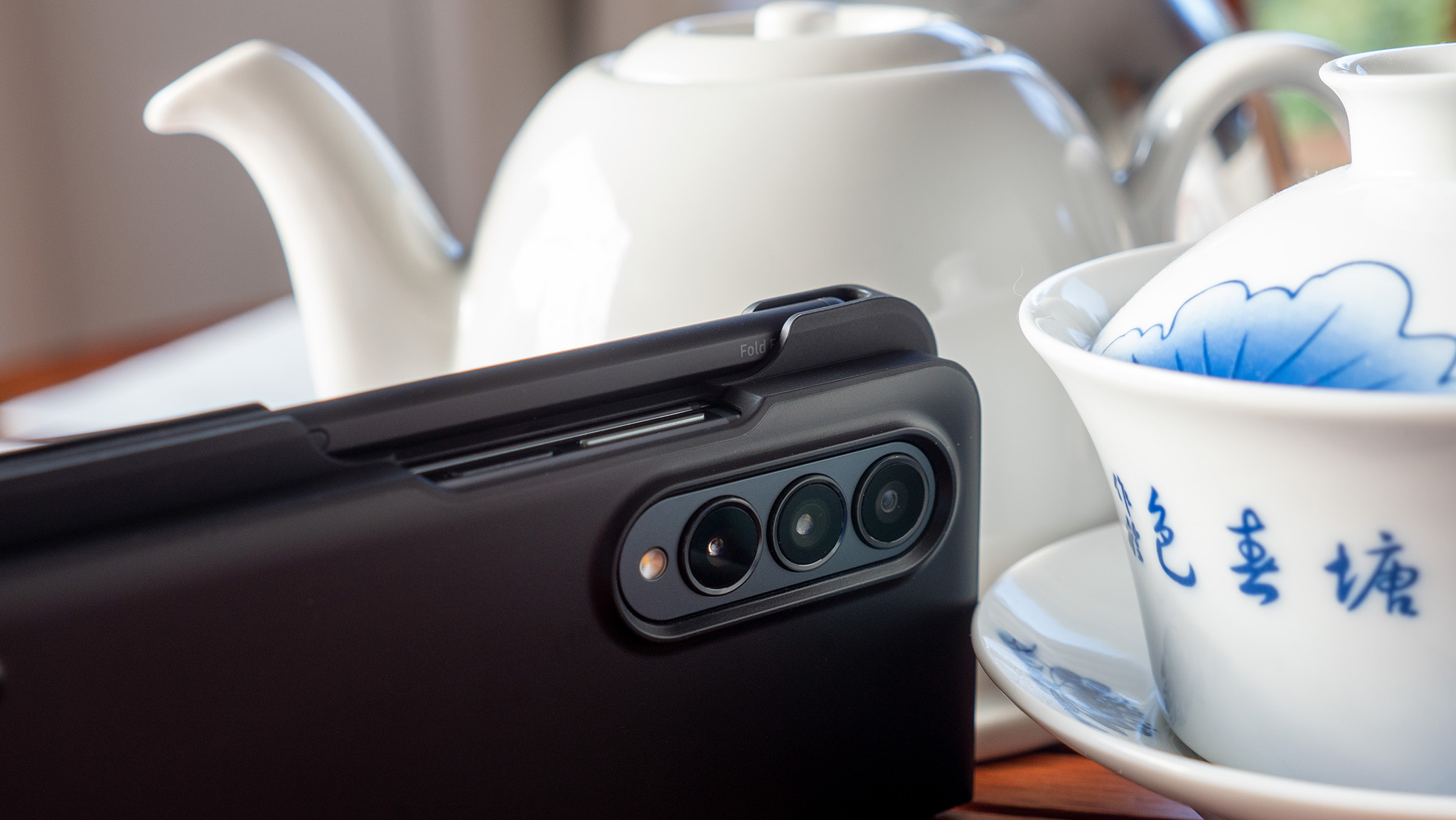
To put it plainly, no. Having a case with a larger S Pen attached to it really isn't that big of a deal. I've been using this Spigen Thin Fit P case on my Z Fold 4 for the past few weeks (one of the best S Pen cases for the Fold 4) and I actually like the way it feels. This particular case has a rubbery grip to it that doesn't get greasy or slippery the way many other cases do.
The S Pen resides on the right side of the front half of the phone when it's closed, and on the leftmost side when the phone is unfolded. That makes it a perfect spot to grab the pen when you need to jot down notes or draw on the epically large display inside.
Now, I thought having the pen right above the fingerprint sensor and volume would be awkward as heck. I've tried several cases that have this configuration and, in many cases, it's definitely not ideal. But this case really does a nice job of placing it as out-of-the-way as possible, while still leaving room for my finger to touch the combined fingerprint sensor and power button.

The S Pen that comes with the S22 Ultra — and prior Galaxy Note phones — is very small. It's not a hand-cramping mess in some cases, but I also wouldn't want to use it for extended periods of time to draw, either. It's just not the most comfortable thing in the world.
Because I've found a case that lets me use the substantially larger S Pen, I've found that I've been using the pen far more than I ever did with the Z Fold 3. With that phone, I kept the S Pen in my wallet, which was just out of reach enough to make it inconvenient to use most of the time.
But a case with the S Pen attached makes it worthwhile. Having an S Pen inside the body of a potential Fold 5 or Fold 6 would be even better for convenience sake, even if that pen is smaller and less comfortable to use. Having the same S Pen as the S22 Ultra and prior Galaxy Note phones would unlock even more potential for the Fold.
Right now, the Flip and Fold are two of the best phones for taking selfies and group shots, vlogging, or any other kind of media capture like that because they can act as their own tripods. But what if the Z Fold 5 came with an actively powered S Pen inside that let you remote control the camera experience like you can on the S22 Ultra or Galaxy Note phones? Now that would be a game changer.

